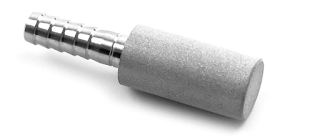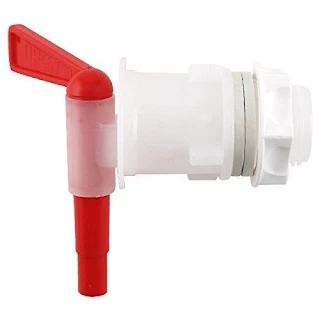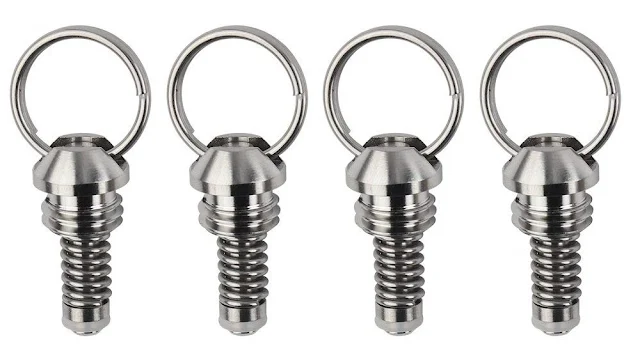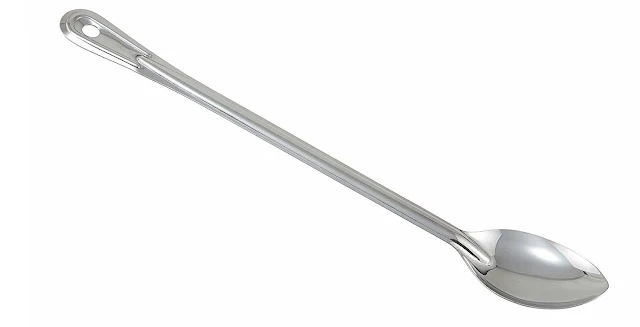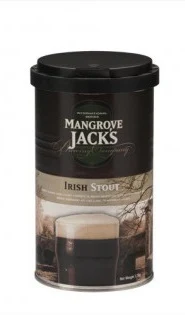The best beer kit ideas for Christmas presents in 2025
It was my wife who gave me the push I needed to get into home brewing beers.
I'd been saying for at least a year I was going to do it and even started collecting and cleaning the labels off beer bottles but I never made that jump. And then on Christmas Day, my lovely lady presented me with a Mangrove Jacks home brew kit and I was away!
If you are considering buying your partner / husband / best friend a beer kit for Christmas, we've got some great beer kit gift ideas for you!
There's a lot of gear out there but don't fall into the trap of going overboard and spending too much money. If your gift recipient is new to brewing, only the most simple and
cheap brewing kit is required.
I was a slightly nervous first-time brewer. I read up all I could about brewing on websites, I read the instructions on the can. I read them 5 times. I called a mate who had done it few times. I read some more.
And I didn't need to as it is so easy to make beer!
I just did it and it was bloody fun. Because all you need is a simple drum, your equipment and some clean hands! But maybe
follow this brewing advice too.
What beer kits do make ideal Christmas presents?
Let's start with the kit I was given for Christmas, the Mangrove Jack's beer kit.
This was an awesome present. It came with everything I needed to make my first batch of beer with. All I need to supply was the bottles. The first thing I realised was just how much beer you can make with it.
23 litres of beer is a lot!
The kit came with the malt, cleaners, brew enhancer, a hydrometer (
for working out when fermentation was complete) and some easy to follow instructions.
The beer I made was pretty good all things considered - I just wish I had let it bottle condition a little more!
This gift was perfect for me as a home brewer, I personally recommend it as a great starter kit.
Mr. Beer Premium Gold Edition Homebrewing Craft Beer Making Kit
This is a handy kit as it has all you need to start brewing – the brewing extract, fermenter, bottles and ingredients. It even has
brewing carbonation drops to make the first bottling experience a breeze. Mr Beer, the company that makes this kit, describes it like this:


“Mr Beer’s Premium Gold Edition
Complete Homebrewing Kit provides aspiring brewers with our patented brewing equipment and high-quality ingredients that simplify the homebrewing process.

Our patented brewing system includes a compact, lightweight fermenter that is modelled after the design of professional brewing equipment. Eleven 25 oz. reusable and shatterproof bottles that are specially designed for carbonating the beer.
We also include a can of brewing extract - a concentrated form of all natural malted barley and hops - produced in a state-of-the-art facility by Australia’s oldest family owned brewery, as well as No-Rinse Cleanser and unique
Carbonation Drops to simplify the
sanitization and
carbonation process.”
So what are you waiting for?
Order it now so you get it in time for Christmas!
The beauty of these kinds of beer kits is that they are so easy to clean as well - a rinse with a hose and then a splash of hot water with a cloth or non scratching brush and you are done - ready for the next batch to be made!
Not convinced?
Here's one more awesome brewing kit that would make the best Christmas present:
You could try the
Brooklyn Brew Shop Beer Making Kit, Everyday IPA.
You could say it's a little bit fancier than the Mr Beers kit as it involves a slightly different way of making the beer.
The Brooklyn kit involves you making an oaty mash on your stove or
gas burner and doing a little bit of boiling.
The Brooklyn Brew shops described it's product like this:
"If you can make oatmeal, you can make beer. Brooklyn Brew Shop's apartment friendly
Beer Making Kits make it easy to bring brewing out of the garage and into the kitchen using only fresh, whole ingredients and traditional methods used in homes and breweries for centuries.
By brewing with the same ingredients (cracked barley, hops, spices, and yeast) that the best craft breweries in the world use, making high quality and complex beers becomes possible on the stove top in your very own kitchen, big or small."
Which is all very nice, but is it any good for a Christmas present? Here's what a user of the kit said in their review on Amazon:
If you "enjoy REAL beer and are actually INTERESTED in the process of brewing and how it works, this kit is an excellent way to jump right in by DOING it. They tell you WHAT to do, you do it, and you get very good beer out of it. "
So no complaints then.
An easy choice for a Xmas present!
If beer is not the best idea, why not giving a gift of a cider kit?
If your partner is not really a beer drinking, they could well be into
making cider! Good drinking ciders are quite the popular product these days.
They seem to have lost that ‘thing’ about them and are more accepted as something to drink in a bar. Which seems strange as cider has been around for centuries!
 Set simply in an old factory of some kind, it's part eatery part brewery.
Set simply in an old factory of some kind, it's part eatery part brewery.











